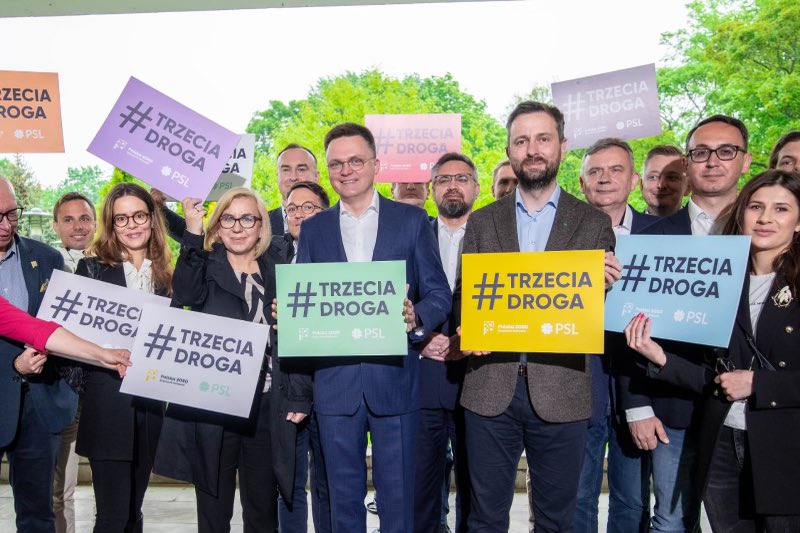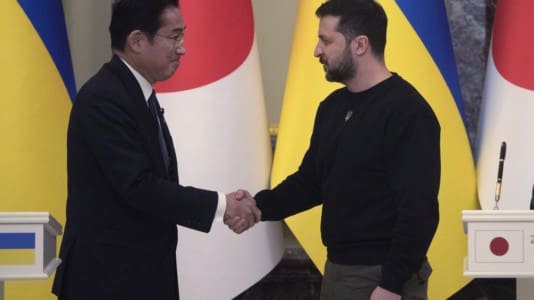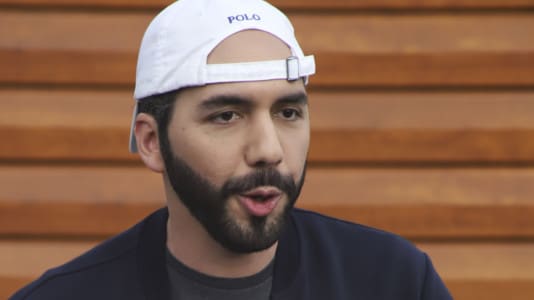The official name of the electoral coalition between the Polish People’s Party (PSL) and Szymon Hołownia’s Poland 2050 has been revealed as “Third Way.”
It is an alliance that will seek to undermine the governing Law and Justice (PiS) and the opposition liberals, and will attempt to instill a more centrist political agenda.
The leaders of the Polish People’s Party (PSL) and Poland 2050, Władysław Kosiniak-Kamysz (PSL) and Szymon Hołownia (Poland 2050), said that the Third Way will be a choice for the greater good rather than the lesser evil. It will reflect the desire for Poles to have a less confrontational approach to politics, claimed the two leaders, both of whom were adamant it would not be a return to the pre-2015 policies pursued by the coalition of the liberal Civic Platform (PO) with the PSL.
The two leaders also confirmed that neither would attend the march being organized by Donald Tusk and the PO on June 4, the anniversary of the 1989 semi-free elections that triggered the collapse of communist rule in Poland. This underlined that neither the PSL nor Poland 2050 would be prepared to figure on an opposition-wide list being proposed by Donald Tusk and the PO. However, the new electoral coalition is not pursuing a policy of equidistance towards the ruling conservative Law and Justice (PiS) and the liberal PO, as they insist that they want the opposition parties such as them, the PO, and possibly the Left to form a government.
Kosiniak-Kamysz observed that the electoral coalition between the PSL and Poland 2050 was a coalition between the oldest party in Poland and the youngest. The PSL was an agrarian party between the world wars; after World War II, the party attempted to take on the communists in an election that was rigged with many PSL leaders imprisoned and its leader Stanisław Mikołajczyk having to flee the country. It was soon taken over by supporters of the new communist regime and, under a slightly different name of the United People’s Party (ZSL), it became one of the satellites of the dominant communist party. All that changed in 1989 when they decided to back a Solidarity-led government and soon after returned to their name of PSL. Since 1989, they have been in power with Solidarity (1989-1991), the Left (1993-1997 and 2001-2003), and the liberal PO (2007-2015).
Szymon Hołownia is a television celebrity who ran as an independent candidate for president in 2020, receiving 14 percent of the vote. He formed a party of his own, Poland 2050, which sought the votes of those disappointed with both major parties.
It had been expected that his party would stand on its own in the autumn parliamentary elections, but because its ratings in opinion polls have fallen from 11-13 percent to 7-9 percent, and the PSL’s ratings have ranged between 3-7 percent, the two parties have decided to join forces rather than be dominated by the liberal PO in an opposition-wide electoral alliance.
The decision to form an electoral alliance, however, is a gamble. First of all, in Poland’s electoral system, a coalition of parties has to pass an electoral threshold of 8 percent to obtain representation in parliament, whereas a single-party list only has to cross a 5 percent threshold. Second, it assumes that Poland 2050 voters will not be put off by the PSL’s image of being a party ready to form a coalition with anyone to further the interests of its activists; thirdly, it also assumes that PSL rural voters, who tend to lean conservative, will not be put off by Hołownia’s metropolitan image and the party’s environmentalism.






